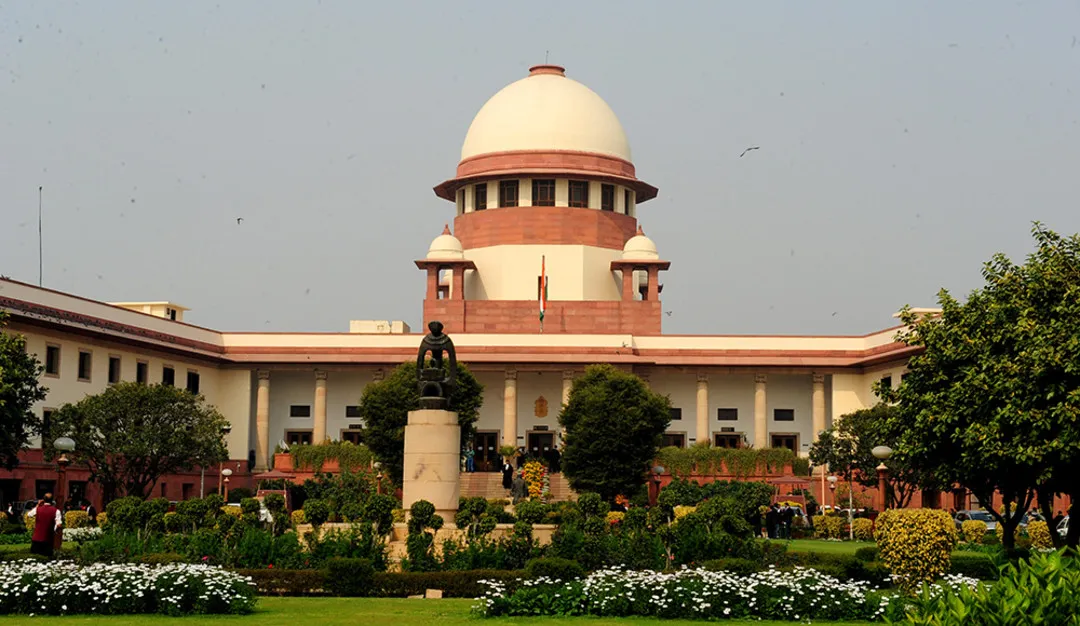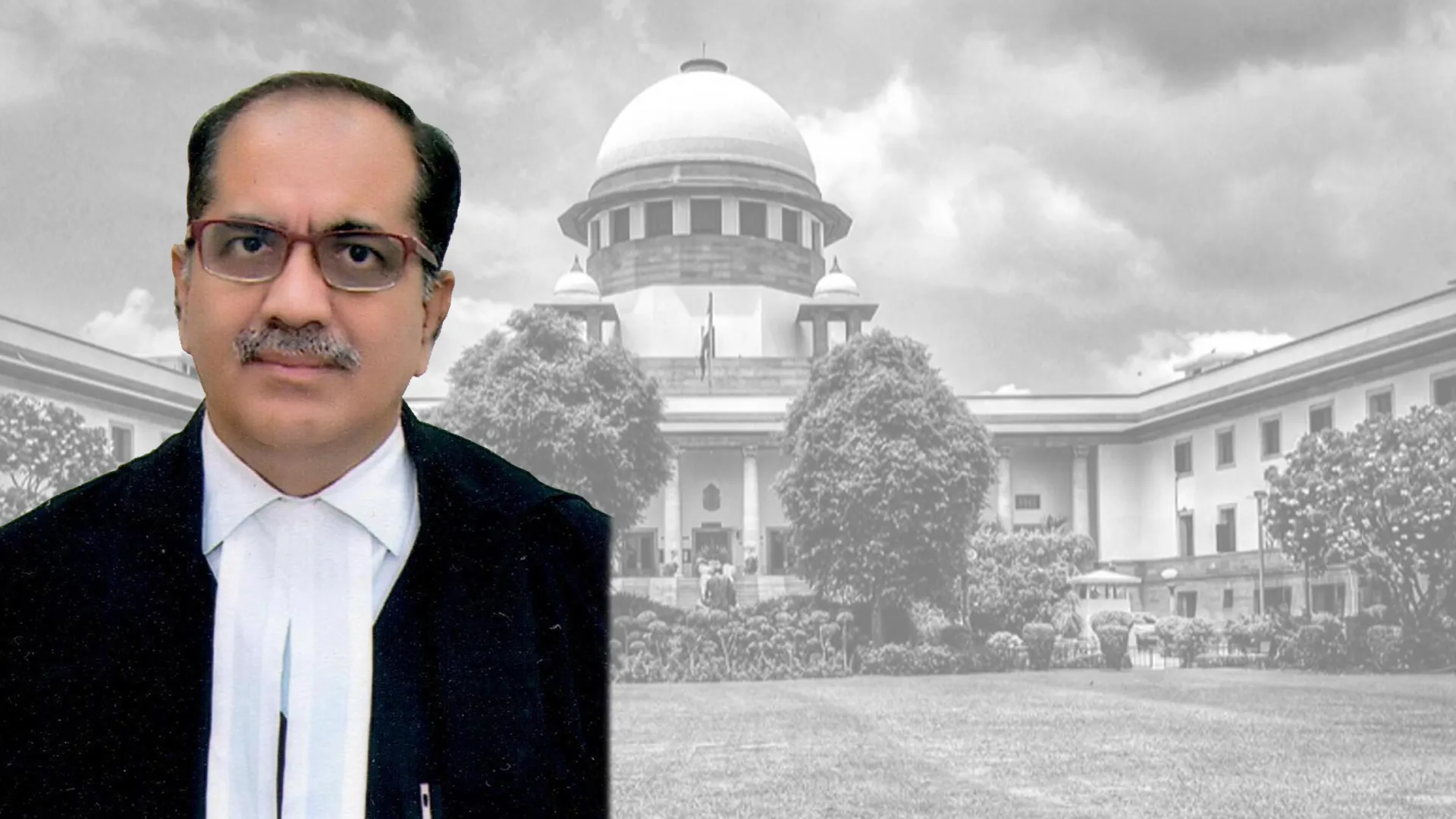The Insolvency and Bankruptcy Code, 2016 (IBC) emerged as a comprehensive law over the past five years. This law aimed at providing specific procedures, offering a mode of re-organization for distressed corporations, providing a speedy timeframe, further streamlining the corporate insolvency resolution process in India. Section 29A of IBC was an addition to the Code that was expected to evolve and resolve a lot of unsolved issues, yet it ended up becoming a highly debatable topic or, rather a slippery path, over the past couple of years, because of its mysterious nature. Section 29A was initially not a part of the Code, but was added to the Code due to the massive increase in the number of cases where there was a corporate debtor’s management bid and regained control of the corporate debtor during the corporate insolvency resolution process. The major aim of Section 29A is to eliminate those who had contributed to the downfall or the collapse of the corporate debtor or were fallacious to run the business enterprise. In the case of Arcelor Mittal India Private Limited v. Satish Kumar Gupta & Ors and Chitra Sharma v. Union of India, the Hon’ble Supreme Court was pleased to observe that, the purpose of Section 29A of the IBC was with respect to the wider public interest as well as to encourage good corporate governance. Section 29A aims to close a major loophole in the IBC which initially permitted a former corporate debtors’ management to gain backdoor access to the insolvency and bankruptcy resolution process.


Section 29A establishes a statutory prohibition on promoters as well as the management of corporate debtors (hereinafter referred to as “CD”) from implementing a resolution plan or purchasing assets of the CD. The clause has marked a significant shift by embracing an automatic disqualification of some persons from the insolvency process recognized by the US and UK insolvency laws. Extending the same to the Companies Act, 2013, Section 230 to be precise, which provides for a scheme of compromise and sale as widespread concern is nevertheless consistent with Section 29A of the Code because such arrangements invariably result in the CD’s rebirth and continuation. Further, Section 35(1)(f) of the Code, provides that the persons barred under Section 29A and the same embargo/prohibition extends / rather is an application to the process of liquidation under the Code. As per the aforesaid provision, the liquidator is prohibited from offering any resource of the corporate indebted person to any individual who is ineligible to introduce a goal plan/present a resolution plan. This prohibition also extends to schemes under Section 230 of the Companies Act 2013, consequently shutting all courses for the promoter of the CD to be engaged with the goal of gaining a back door entry to regain the management and control of the corporate debtor. Expanding the disqualification to the point of liquidation through the sale of individual assets has no nexus in the same. Liquidation as per the objectives of the Code and the committee reports should be and is the last option exercised if there are no chances of resolution.
The expansion to Section 230 of the Companies Act can also be understood by the virtue of the decision of the Hon’ble SC in the case of Arun Kumar Jagatramka v. Jindal Steel and Power Ltd. & Anr. In that case, the appellant had filed an appeal against the decision of the NCLAT in the Supreme Court and the Court held that when a person is said to be not eligible of entering into any kind of arrangement under Section 29A of IBC then he is restricted under Section 230 of the Companies Act as well. This extension plays a vital role in shaping corporate governance and assuring transparency. Apart from this, in the case of Kunwer Sachdev v. Su. Kam Power systems Limited [2020], the Supreme Court determined that Regulation 2B(1) of the Liquidation Regulations is legally valid and that the limits imposed by Sections 29A and 35(1)(f) of the IBC also apply to a corporate debtor, while considering a scheme under Section 230 of the Act, if the liquidation is conducted as a going concern process under Regulation 32A of the Liquidation Regulations. From the abovementioned precedents, it is evident that Section 29A affects other perspectives too. These include the limitations to be imposed as per the Companies Act or Liquidation Regulations. This acts as a coordination and cooperation between legislations in order to broaden and strengthen the aspect of corporate governance.
The IBC’s fundamental goal is to provide and promote a resolution plan and entrepreneurship, rather than simply maximizing the creditor value. A plethora of Supreme Court decisions in the past has established that the IBC’s fundamental goal is to revive the CD. The IBC’s aim is indeed to encourage CD resolution and rebirth rather than just getting larger profits for creditors; nevertheless, after the resolution process has failed and the firm has reached the stage of liquidation by asset sale, the IBC’s goal shifts. Hence it becomes evident that the firm can no longer operate, and also that the CD’s end at this stage becomes unavoidable. As a result, the goal switches to giving maximum value to creditors and stakeholders. Once the scope of restoration or resolution has expired, creditors’ main goal is to collect as much money as possible; yet, prohibiting people from participating in liquidation diminishes the possibilities of receiving a higher value. Adding to the goal of IBC, it also aims to avoid defects in the regulations. In the cases, Phoenix ARC Private Limited v. Spade Financial Service [2021], Ramesh Kymal v. M/s. Siemens Gamesa Renewable Power Pvt. Ltd. [2020] and Anuj Jain, Interim Resolution Professional for Jaypee Infratech Limited v. Axis Bank Limited [2020], The Court was of the opinion that while interpretation of Section 29A must be purposive so that it can be used as a link to ensure that there is no defect in the aim and object of IBC. . Further, it was observed that Section 35(1)(f) applies only when the CD itself is in the process of liquidation.
There have been instances where the scope of Section 29A has been questioned too. In the case of Jaypee Infratech, insertion of Section 29A was termed as a “plugging loophole”. This loophole was considered to be more stringent than required. With time, the implementation became understandable by the corporates as well as individuals. Stringent laws are necessary to have better implementation. Along with curing of flaws, the insertion was termed as complicated. The complications got resolved as many additional responsibilities got attached to the provision. Stringent disqualifications will also in all likelihood lead to the pathway of proper working of the corporations.
An examination of the history of Section 29A makes us aware of the variations that have been made. The whole process of judicial interpretation of the provision has led to its constructive development. The arrangement of Section 29A with other coordinative legislations has led to transforming laws into stringent ones. Though there have been many instances where the application of Section 29A along with provisions of the Companies Act was not accepted, it gradually became necessary to do so. Not only IBC but various other legislations in India have been successfully ratified by creating a dichotomy with foreign laws. With time, the implementation of the section helped in resolving issues and created limited liability.
The authors are of the opinion that, at this point where the businesses are still in their recovery phase and are facing insolvency due to the hit of the pandemic, the application of Section 29A of the Code becomes even more far fetched. Therefore, disqualifying promoters having the most amount of experience in the business sector due to this being past their management would be unjust, disproportional, and against the motive of Section 29A of the IBC itself. Given the implications of the COVID-19 pandemic, some leniency in implementing Section 29A to the liquidation procedure is required, provided the quick increase. Sensing the hardship of small businesses, the government created a pre-pack insolvency option for micro, small, and medium enterprises to restructure and go forward with the business smoothly. Not more than 5% of total liquidation cases are resolved through the sale as a going concern because of the same, hence individual assets were sold for settlement. The goal of the procedure at this point, when the company has no hope of being revived, is to maximize the value of the assets. As Section 29A is a dynamic provision, it must adapt to changing circumstances. The number of liquidations via the sale of individual assets has increased due to the pandemic. In this case, applying Section 29A of the Code to the liquidation procedure reduces the value that creditors can expect to obtain through the liquidation process.
The application of Section 29A can be said to have passed a phase of dilemma. Now considering the pandemic situation and increasing business opportunities in India. Some important qualifications have been introduced for the rightful disqualification of the undischarged insolvent. The process of testing the capacity of resolution application can be trusted without the application of Section 29A but, it would again leave behind the connected issues, further being vital to the connectivity to the liquidation process. As section 35(1)(f) states about getting the person barred from the liquidation process, this tells us about the implied expansion of Section 29A. The judicial interpretation concerning making a connection between companies act and IBC can be taken in a constructive way to test the eligibility. This will stand as a systemized process to get the solutions and hence leading to structured corporate governance.
The authors are of the opinion that, at this point where the businesses are still in their recovery phase and are facing insolvency due to the hit of the pandemic, the application of Section 29A of the Code becomes even more far fetched. Therefore, disqualifying promoters having the most amount of experience in the business sector due to this being past their management would be unjust, disproportional, and against the motive of Section 29A of the IBC itself. Given the implications of the COVID-19 pandemic, some leniency in implementing Section 29A to the liquidation procedure is required, provided the quick increase. Sensing the hardship of small businesses, the government created a pre-pack insolvency option for micro, small, and medium enterprises to restructure and go forward with the business smoothly.























